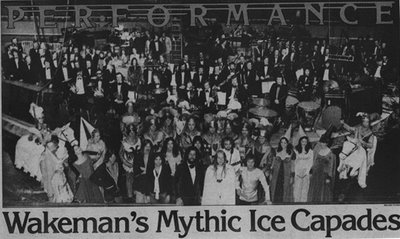
Let’s talk for a second about myths and history. They can inspire all sorts of fiction — from the postmodern rearrangements to straightforward retellings to quietly influencing certain plotlines or passages. They’ve endured for a reason — and they’ll continue to inform fiction (and storytelling in general) until long after we’re gone.
There are all sorts of mythologies just below the surface in Sarah McCarry’s All Our Pretty Songs. First and foremost, there’s the mythology of rock music — from Seattle punk to the ebbs and flows of stardom — that encircles the book’s narrator, her friend Aurora, daughter of a long-dead rock star, and the narrator’s boyfriend Jack, a prodigiously talented musician. But there are deeper myths at work here as well, names with resonances and roles that tap into something deeper, and much older. McCarry writes knowingly about music — its playing, the obsessions it can inspire in its devotees, and the raw physicality of the mosh pit. As someone wh0’s especially fond of the city of Seattle, the evocation of its geography made me unbelievably happy, and the way a decidedly contemporary narrative dovetailed with something more classical left me equally impressed. Run, don’t walk.
I’d been meaning to read Geoff Dyer’s Yoga For People Who Can’t Be Bothered to Do It for years. By the time I did, the progression enacted by Dyer over the course of the book, from hedonistic revelry to somber reflections on life, friendship, alienation, and intimacy seemed a bit familiar, at least within Dyer’s own body of work. Thematically, this book seems to be the nonfictional flipside to his novel Jeff in Venice, Death in Varanasai. The two share a globetrotting quality and a pinpoint sense of place, and the progression from seeking bliss to pondering mortality is a powerful one.
The best of the stories in Jason Jordan’s Pestilence document the interaction between the miraculous and the jaded, information-hungry world of today. The residents of an apocalyptic domicile bristle when news coverage of their abode is insufficiently reverent; a man’s property being flash-frozen in summertime is greeted by a facetious Twitter hashtag. Not all of these have the same weight — opener “Rainbow Disease” taps into a wellspring of metaphorically rich imagery that it doesn’t fully utilize — but the best of these are creepy and wise in equal measure.
Follow Vol. 1 Brooklyn on Twitter, Facebook, Google +, our Tumblr, and sign up for our mailing list.
